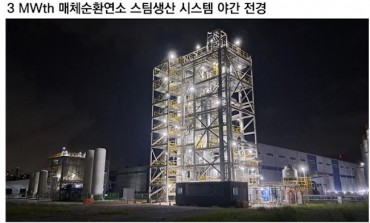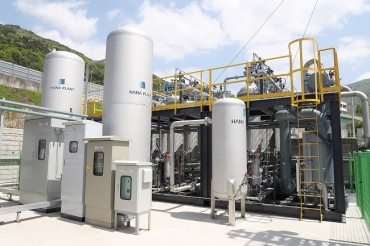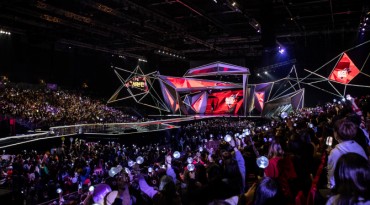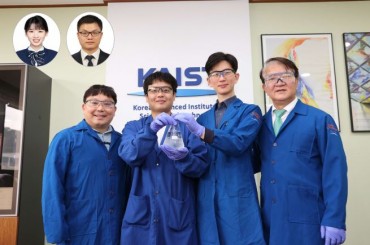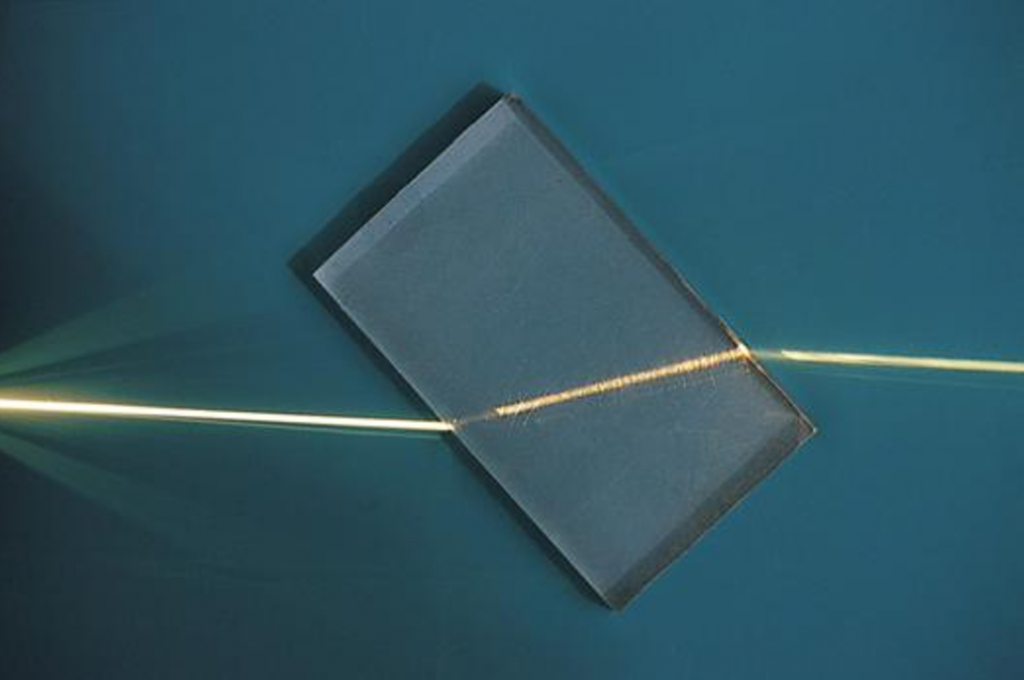
Light travels fastest in a vacuum and slower through a medium, and a refractive index, in a nutshell, describes how light propagates through a medium. (image: Wikimedia)
SEOUL, June 27 (Korea Bizwire) – A team of scientists from POSTECH (Pohang University of Science and Technology), led by mechanical engineering professor Kim Dong-sung, discovered a simple system that can measure the refractive index of a liquid by observing the shadow of light that passes through it.
Light travels fastest in a vacuum and slower through a medium, and a refractive index, in a nutshell, describes how light propagates through a medium. This index is considered a fundamental property of a substance, especially in optical science for its close relationship with the refraction and reflection of light.
In simple terms, the new system can be used to measure the sugar concentration of a liquid or the salinity of a soup. At more advanced levels, the system is useful in determining the age of industrial oil and observing the changes in bodily fluid under various physical conditions, making the discovery much more significant.
The team filled a cylindrical container inside a transparent square pillar with clear, diluted liquid, and observed the shadow that appeared when light passed through the container. As the refractive index increased, the width of the shade decreased.
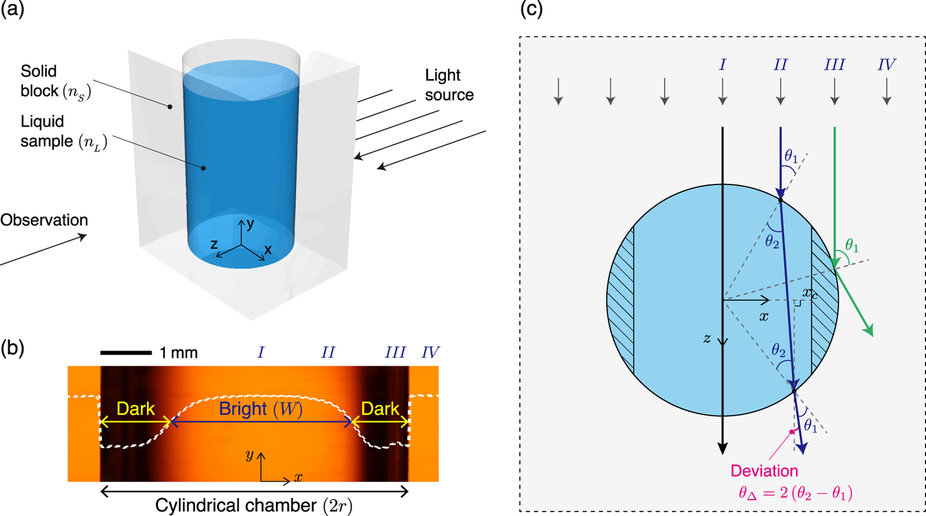
The team filled a cylindrical container inside a transparent square pillar with clear, diluted liquid, and observed the shadow that appeared when light passed through the container. As the refractive index increased, the width of the shade decreased.
Generally, measuring the index requires very expensive and precise optical instruments such as microscopes and optical lenses, making the index almost incalculable in everyday environments. As such, calculating something simple as sugar concentration had to be conducted at a research institute.
But through its experiments, the team realized that with knowledge of the correlation between shadow width and sugar concentration, one can determine the concentration level of liquid without using high-level instruments. The team validated its theory with various liquid samples.
“The device is easy to manufacture, and you can even use natural light,” said professor Kim. “That is why we expect its widespread application in various industries.”
The full research findings were published in the latest edition of Scientific Reports.
By Lina Jang (linajang@koreabizwire.com)



